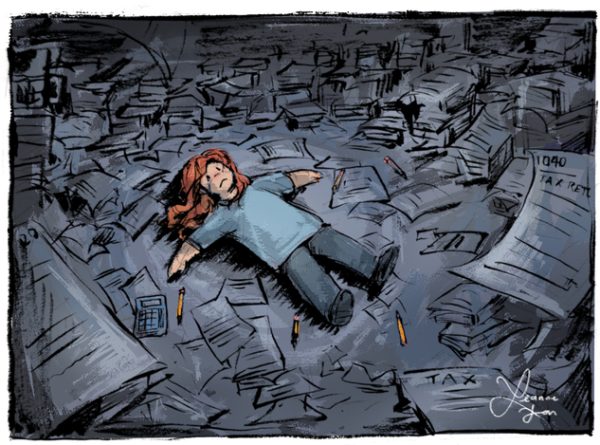Staff Editorial: The Nexus calls for the use of Canvas as a means of official communication
November 19, 2021
As students finally begin to settle into a somewhat regular routine of on-campus learning, a still glaring issue in our recovery from the pandemic lies in school-to-student communication. The current model provides for little direct communication between administrators and students, both at the school and district levels.
School-specific information is usually disseminated during Homeroom, whether it be by watching the Newscast, through the teacher’s announcements, or flyers handed out to students. Even so, it’s rare that every single student receives or retains the information because of a combination of announcements not being made, Newscasts not being played, and students not paying full attention during what many consider to just be a 15-minute breather in be-tween the first two periods. At the district level, parents receive updates via email and, according to Principal Tina Ziegler, are expected to share that information with their children, which can be an unreliable strategy simply because not every parent chooses to do so. On the student body level, ASB makes the vast majority of communications on Instagram, which not all students use.
The Nexus believes that the current communications models do not adequately provide all the information students need to know, nor do they make the information as widely available as it should be. Therefore, we propose that the district and school administration along with ASB make all vital communications via Canvas.
This could be done in a fashion similar to the “Counseling” course—a tab available to all students where announcements can be made and any information students need regarding counselors can be easily accessed. We believe that doing the same for all other kinds of school-related information would be in the best interest of all students.
First, Canvas is already a program that students refer to at least once a day, and every student has access to. If students are to see any information, creating an announcement or a tab on Canvas where students are guaranteed to at least notice the information is available would be more effective than temporary in-person announcements via Homeroom. Whereas Homeroom has a limited time frame and the information presented, if presented at all, can-not be accessed later, information disseminated via Canvas could be accessed at any time if the student so chose. This would mean making separate courses for district, school, counseling and ASB communications. While those announcements may pile up, Can-vas also has a feature where students can disable notifications from certain courses. But for the students who want access to those communications, said information would be readily available.
The lack of communication is already a clear problem. For example, many students are not aware that as of June, the Poway Unified School District (PUSD) approved two mental health days for students—where, if a student feels they need it, they can take an absence citing “mental health.” Many students are also not aware that PUSD has partnered with Phamatech to provide COVID-19 testing to all PUSD staff and families, at a local location near Rancho Bernardo High School.
This type of information needs to be more widely known. By centralizing the communication of such information to students, we can shed light on the issues instead of being left in the dark.






